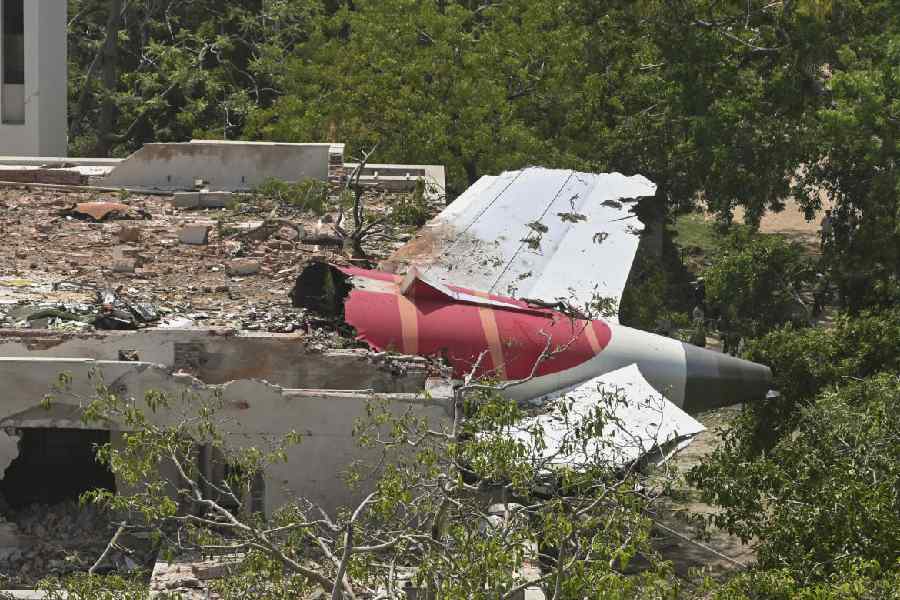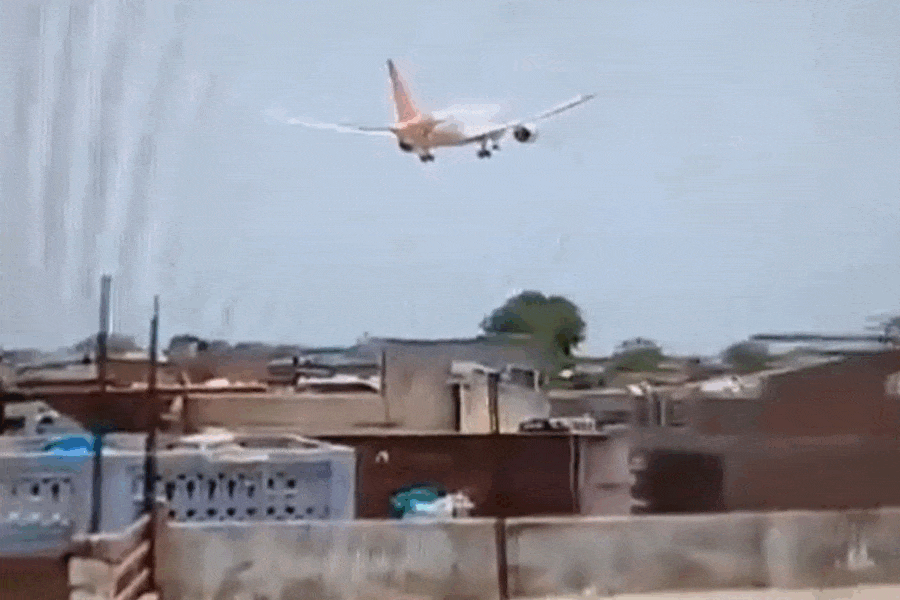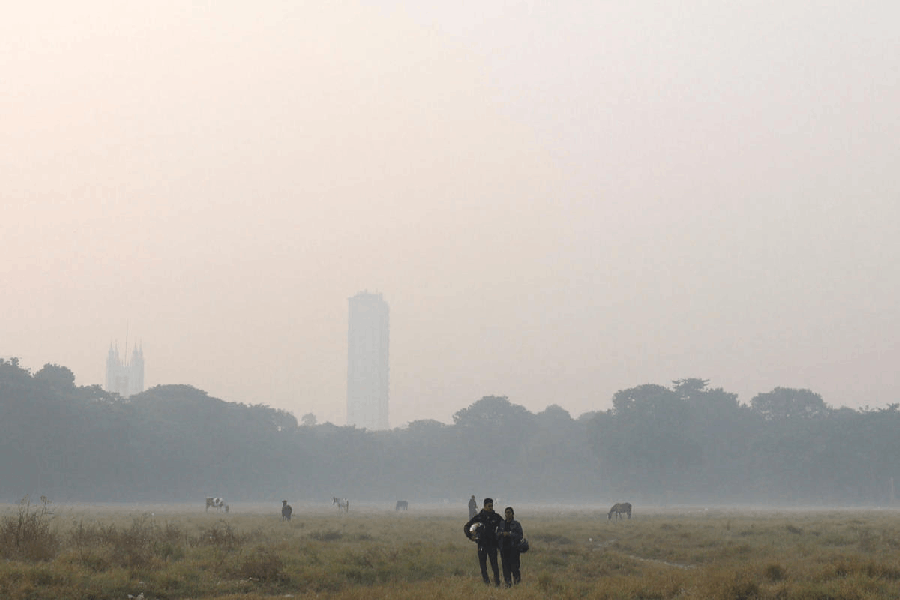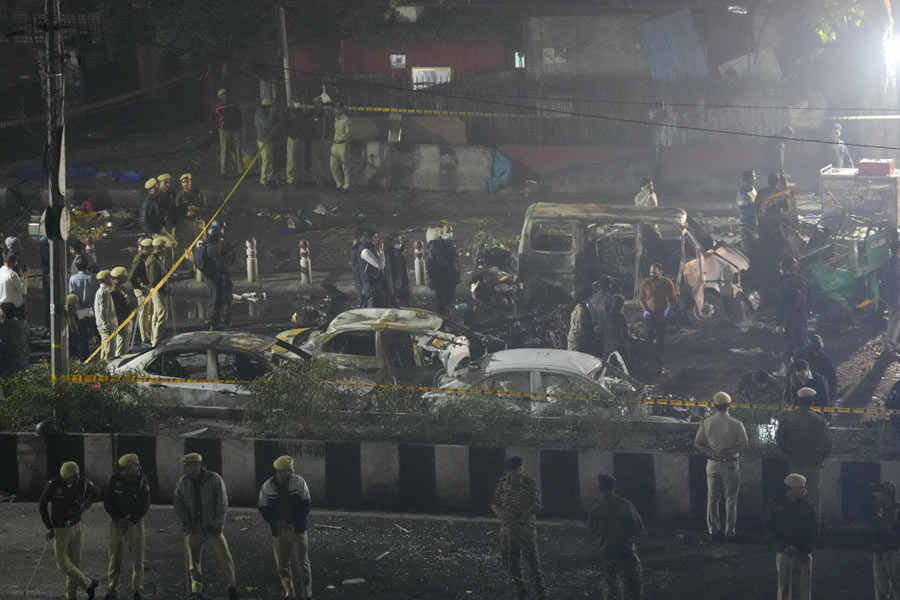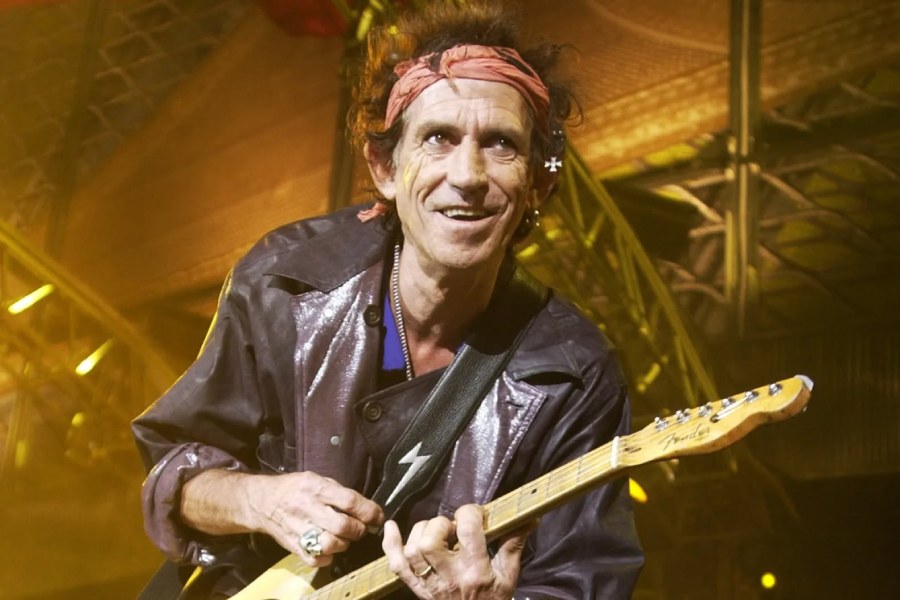The first-ever fatal crash involving a Boeing 787 Dreamliner has sent shockwaves through the aviation industry and renewed scrutiny on what was once hailed as the most innovative commercial aircraft in modern history.
Though investigators are still combing through the wreckage for clues to the crash, the Air India Flight 171 tragedy has reignited long-standing questions about the Dreamliner’s design integrity, quality control lapses at Boeing, and the alleged culture of silencing internal safety concerns.
When Boeing announced its plans for the Dreamliner in 2004, it pitched the plane as a revolution in commercial aviation: a sleek, fuel-efficient, long-haul jet that could fly farther on less fuel, thanks to its lightweight carbon-fibre-reinforced polymer fuselage.
Boeing intended the Dreamliner to be its answer to the Airbus A350, a game-changing widebody jet offering 25 per cent better fuel efficiency than older aircraft, greater passenger comfort, and the ability to fly ultra-long routes.
Boeing’s mid-size, twin-engine wide-body plane was designed to be 20 per cent more fuel-efficient than comparable aircraft and provide passengers with quieter cabins, larger windows, and better air pressure -- all aimed at improving long-haul flight comfort. But the plane’s journey from the drawing board to the runway was anything but smooth.
To cut costs, Boeing decided to outsource production across a global supplier network and focus on final assembly. The design called for the aircraft to use carbon-fibre-reinforced polymer for the majority of its fuselage and wings to make it lighter, more fuel-efficient, and less likely to corrode.
Major sections of the plane -- including large parts of the aircraft’s body and wings; the tail fins that control up-and-down movement; and the mechanical and electronic systems -- would be built by partners in Japan, Italy, and the US.
They would then be shipped to Boeing’s final main assembly line in Everett, Washington. This was a dramatic departure from Boeing’s traditional model, where most major components were built in-house or by tightly controlled US suppliers.
This "design by committee" approach led to delays, quality control issues, and incompatibility between parts. Problems surfaced as suppliers missed deadlines.
The original delivery target of 2008 slipped repeatedly. When the first 787 entered service with All Nippon Airways in late 2011, the programme was more than three years late and billions of dollars over budget.
No sooner had the Dreamliner entered service than it faced another crisis: in January 2013, two incidents of lithium-ion battery fires occurred within days of each other. In Boston, a Japan Airlines 787 parked at the gate suffered a battery fire in its auxiliary power unit. In Japan, an ANA 787 experienced battery problems mid-flight, forcing an emergency landing.
The lithium-ion batteries had been chosen to save weight and enable more electric systems. But they were also known to be fire risks if not properly contained.
In a rare move, the US Federal Aviation Administration (FAA) grounded the entire global fleet of 787s. The battery fires were eventually traced to thermal issues in the power system. Boeing was forced to redesign the battery containment system and undergo intense scrutiny.
The fleet returned to service after three months. Since then, there have been no more battery incidents. But Boeing’s reputation took a major hit, and confidence in its quality assurance systems frayed.
While the Dreamliner has a solid overall safety record — this is the first crash involving loss of life in over a decade of commercial service — it has been plagued by quality problems and manufacturing defects that critics say suggest systemic lapses inside Boeing's factories.
The quality problems mounted particularly after Boeing opened a second 787 assembly line in North Charleston, South Carolina, in 2011. Boeing shifted much of its 787 production to this non-union plant, aiming to lower costs and avoid labour disruptions that occurred at its massive Everett production facility.
Multiple whistleblowers and media reports, including investigations by The New York Times, raised questions about workmanship, quality oversight, and pressure to rush planes out of the hangar.
One whistleblower, Boeing engineer Sam Salehpour, alleged that the aviation giant’s 787 Dreamliner planes had structural failings that could eventually cause them to break apart.
These included gaps between fuselage sections that could weaken structural integrity. There were reports of tools left inside fuselage sections and metal shavings in fuel tanks. There were also allegations of poorly aligned fuselage joins and defective parts along with electrical issues in cockpit displays and backup systems.
One Boeing engineer talked about “potentially catastrophic safety risks” with the 787.
Boeing denied that there were any issues of safety. Nonetheless, the FAA launched a major investigation, and Boeing was forced to suspend 787 deliveries for much of 2021 and 2022 while addressing structural joint defects and allegations of compliance lapses.
Former Boeing engineers and whistleblowers who raised internal red flags about Dreamliner assembly practices complained of being sidelined or ignored. John Barnett, a former quality manager at the South Carolina plant, told US federal investigators that he repeatedly found substandard parts being installed on aircraft and critical safety checks being bypassed to meet delivery deadlines.
He also alleged there was pressure on workers to underreport defects and “roll the dice” on safety margins.
“I saw things that made me deeply uncomfortable,” Barnett said in one of his final interviews before he was found dead in 2024. His death while in the midst of legal testimony against Boeing was ruled a suicide. But it renewed talk about what critics describe as a culture of intimidation and retaliation within the company.
His family filed a wrongful death civil suit against Boeing, accusing the aviation giant of repeatedly retaliating against Barnett for insisting on documenting defects and other problems.
Another engineer, Salehpour, told US lawmakers that Boeing rushed Dreamliners through production despite visible structural flaws. He claimed that he had “seen gaps large enough to put my fingers through.” Boeing has denied his allegations but has since faced fresh FAA investigations.
More than 1,100 Boeing 787s are in active service with airlines worldwide, making it one of Boeing’s best-selling widebody aircraft. It comes in three variants -- the 787-8, 787-9, and the stretched 787-10 -- each offering different ranges and capacities.
In India, major carriers such as Air India operate Dreamliners on both domestic trunk routes and international destinations. Air India has 28 Dreamliners in its fleet, with firm orders placed for 20 more.
Globally, top carriers like American Airlines, British Airways, Qatar Airways, and All Nippon Airways rely heavily on the 787 for long-haul flights -- particularly routes that require fuel efficiency over ultra-long distances. The aircraft has logged millions of safe flight hours.
This crash adds to the avalanche of financial and other problems already engulfing Boeing. The American aerospace manufacturer is still recovering from the dual tragedies of the Boeing 737 MAX 8 attributed to flawed flight control systems software that led to deadly crashes in Ethiopia in 2019 and Indonesia in 2018. Those disasters, which killed a total of 346 people, triggered Congressional hearings, multi-billion-dollar lawsuits, and criminal charges.
In early 2024, yet another incident — involving a door blowout on a brand-new 737 MAX 9 operated by Alaska Airlines — stoked worries that the company’s quality control woes were far from over.
Boeing has promised a new era of transparency and reform. But fresh revelations — including a whistleblower claiming structural shortcuts on the 777, Boeing’s long-haul cash cow which sits between the smaller 787 Dreamliner and the much larger 747 — have raised fresh doubts.
Boeing quality control inspector Salehpour also alleged to US lawmakers that Boeing improperly fastened sections of the 777’s fuselage together. He claimed workers were told to skip critical steps and “move faster” to hit production targets. Air India has 21 Boeing 777s in service.
Indian aviation authorities have announced they will work with the US National Transportation Safety Board and Boeing to analyse black box data. Until the investigation concludes, other Dreamliners in the Air India fleet, as well as those operated by airlines globally, are likely to face tight monitoring.


